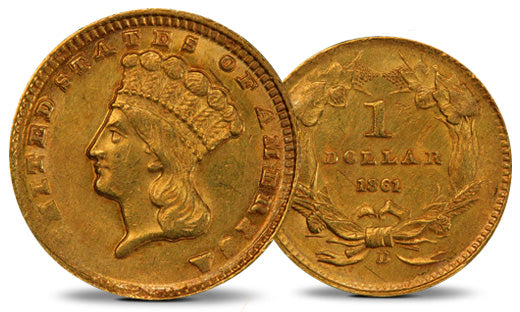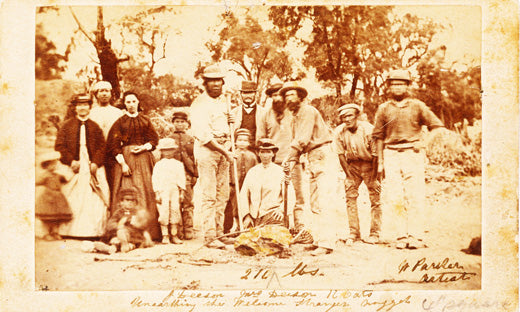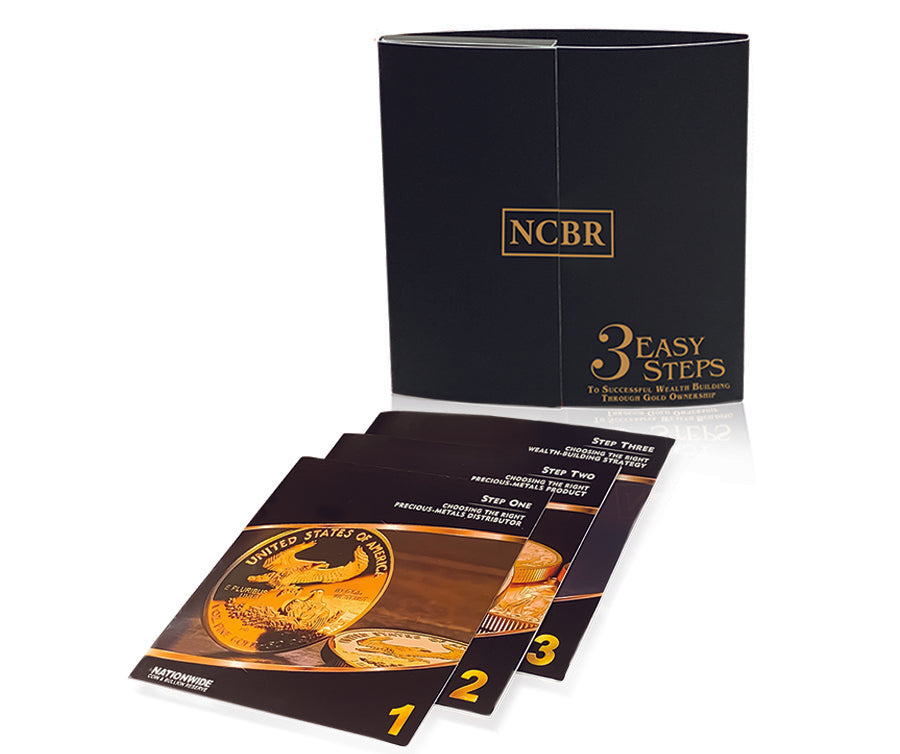Shortly after Georgia seceded from the Union in January of 1861, Governor Joseph E. Brown ordered a state takeover of the mint in Dahlonega. On April 8, Confederate troops occupied the building. During the following weeks, some of the most treasured gold dollars in American history would be minted—in spite of the fact that the production quality was awful.
It’s the rarity, and the historical significance of the 1861-D gold dollar that has made it so sought after by coin collectors, particularly because it is the only circulating U.S. coin struck exclusively by Confederate authorities.
Inexperienced Confederate minters used an obverse die from the prior year “provoking a profound weakness to the lower obverse peripheries on all pieces, with the U of United completely obliterated at times,” according to Stack’s Bowers, the rare coin auctioneer. Beyond a weak strike, many of the planchets utilized had uneven surfaces, defects, and even cracks.
The precise mintage is unknown, though researchers estimate as many as 1,500 and as few as 500 gold coins were struck, and it’s believed only between 50-60 survive today.
Coin Week reports that prices for 1861-D gold dollars have increased dramatically in the past two decades. An 1861-D gold dollar, rated MS (Mint State)-63 was sold for $180,000 in 2022. Those in MS-65 condition are reportedly worth between $240,000-$250,000.
Thus, a poorly-minted gold dollar stands among the most valuable coins in American numismatics.Real Time Precious Metals Data Below








